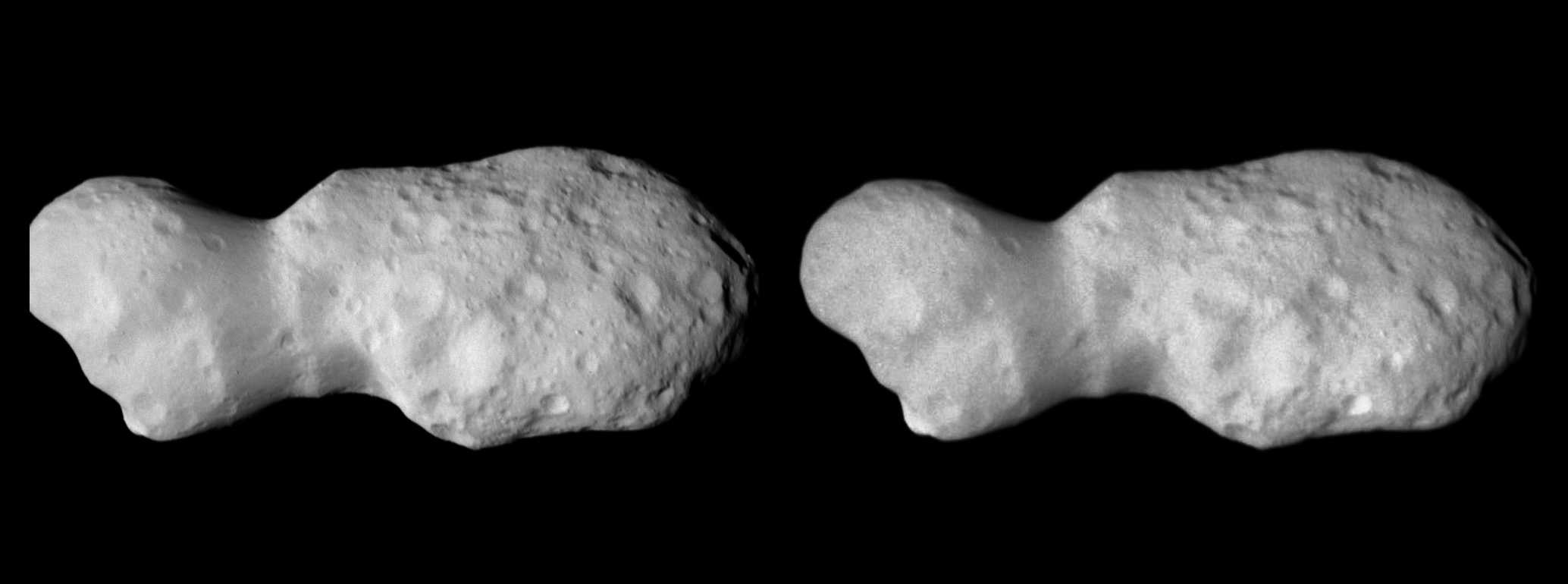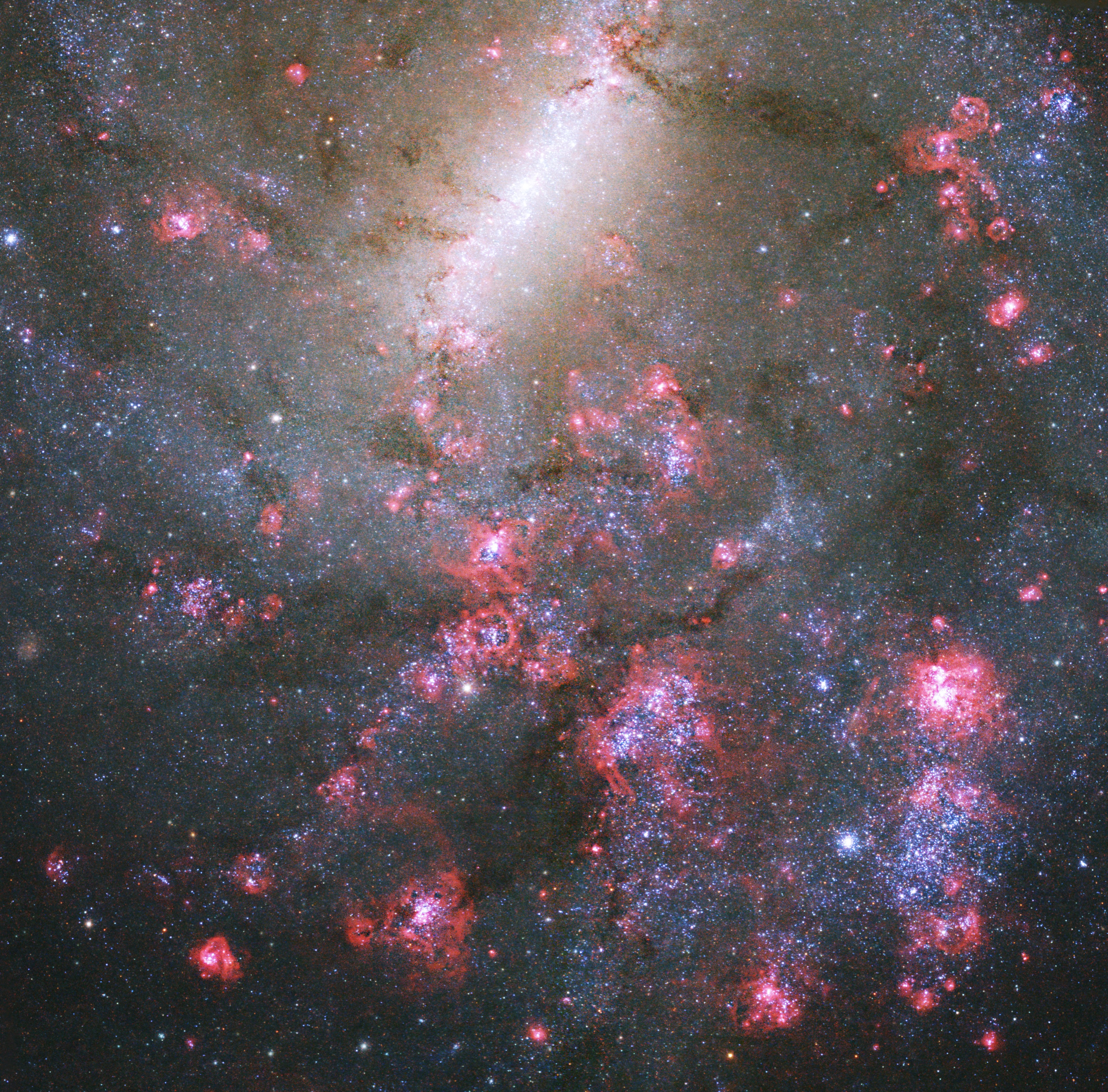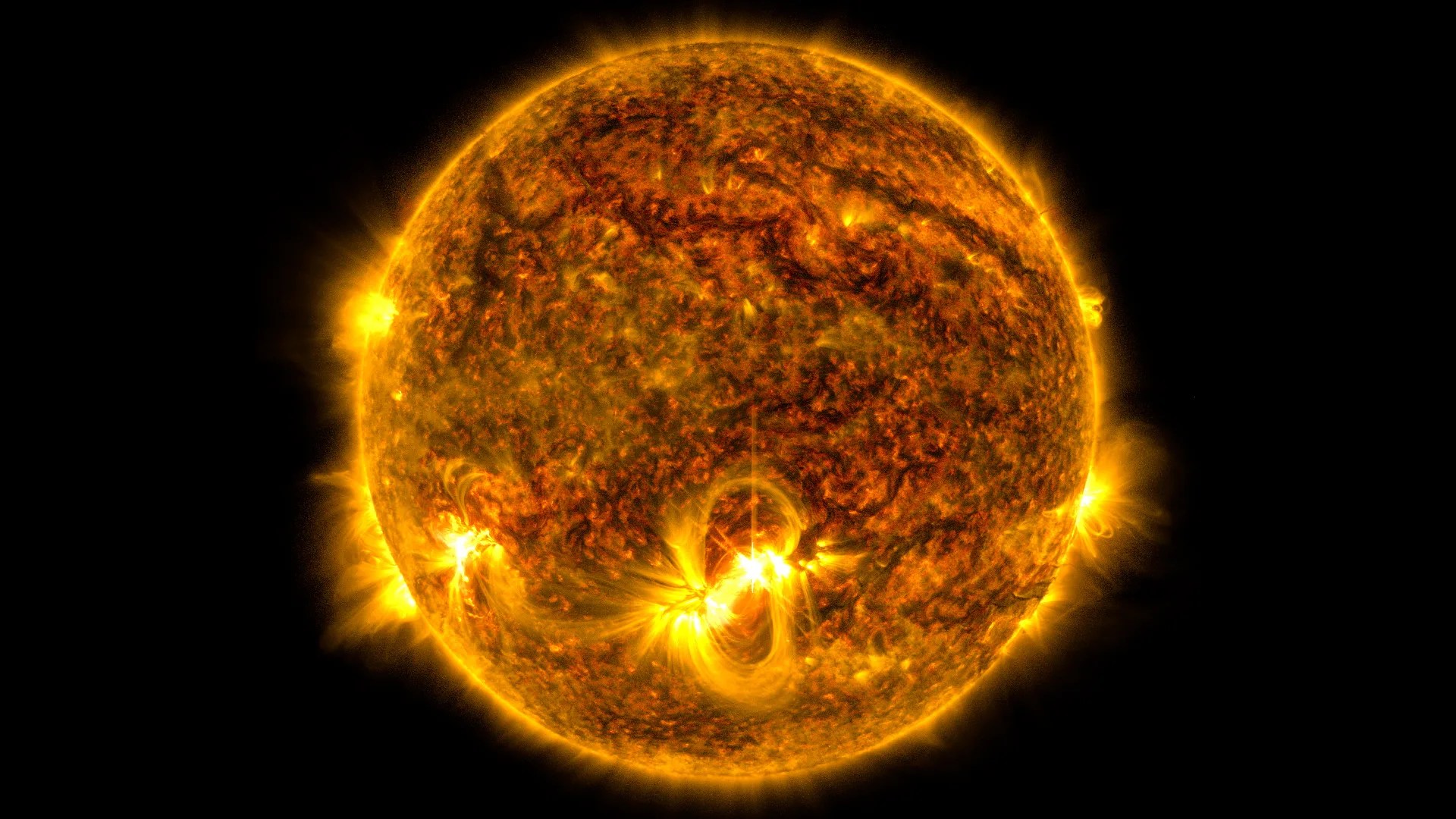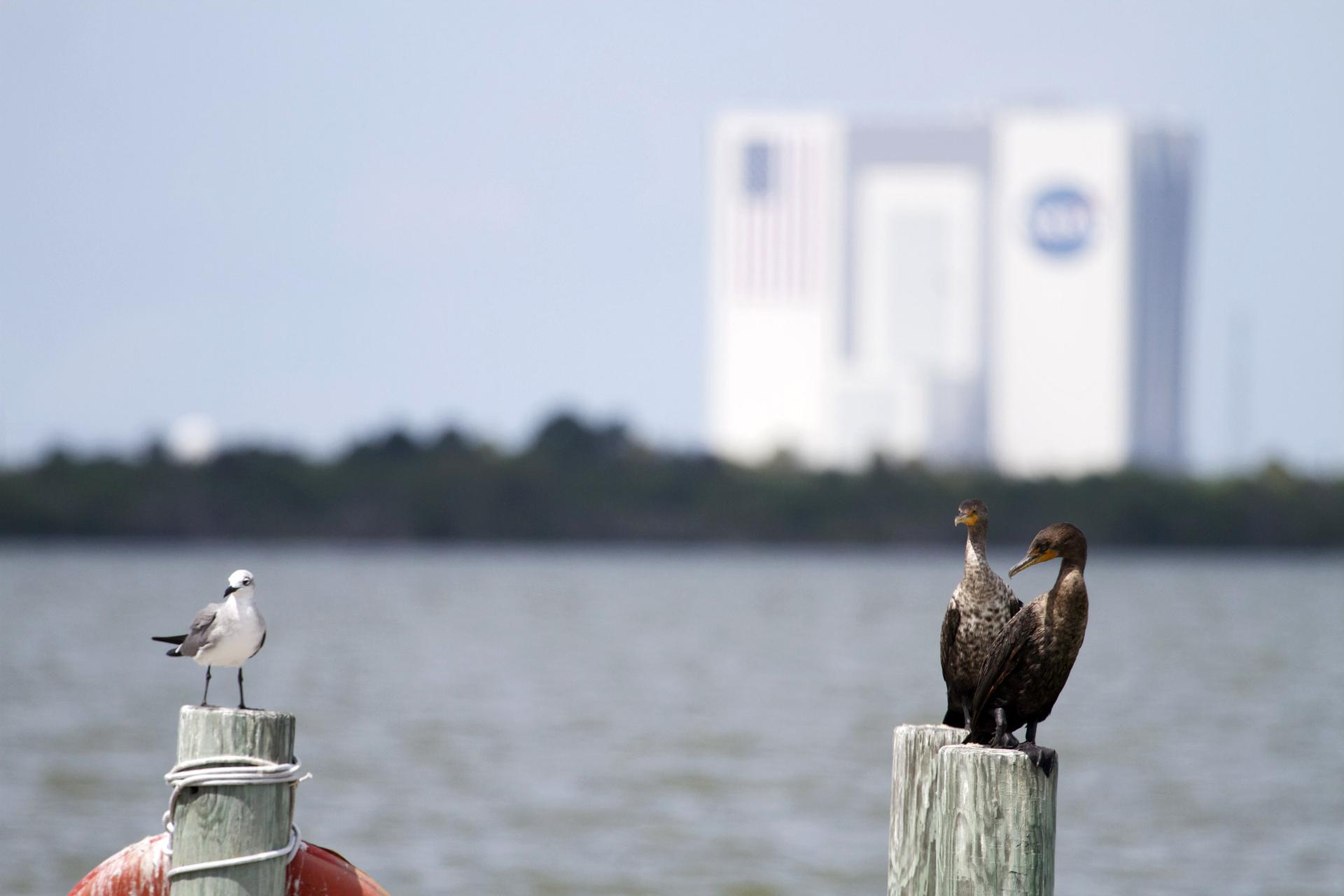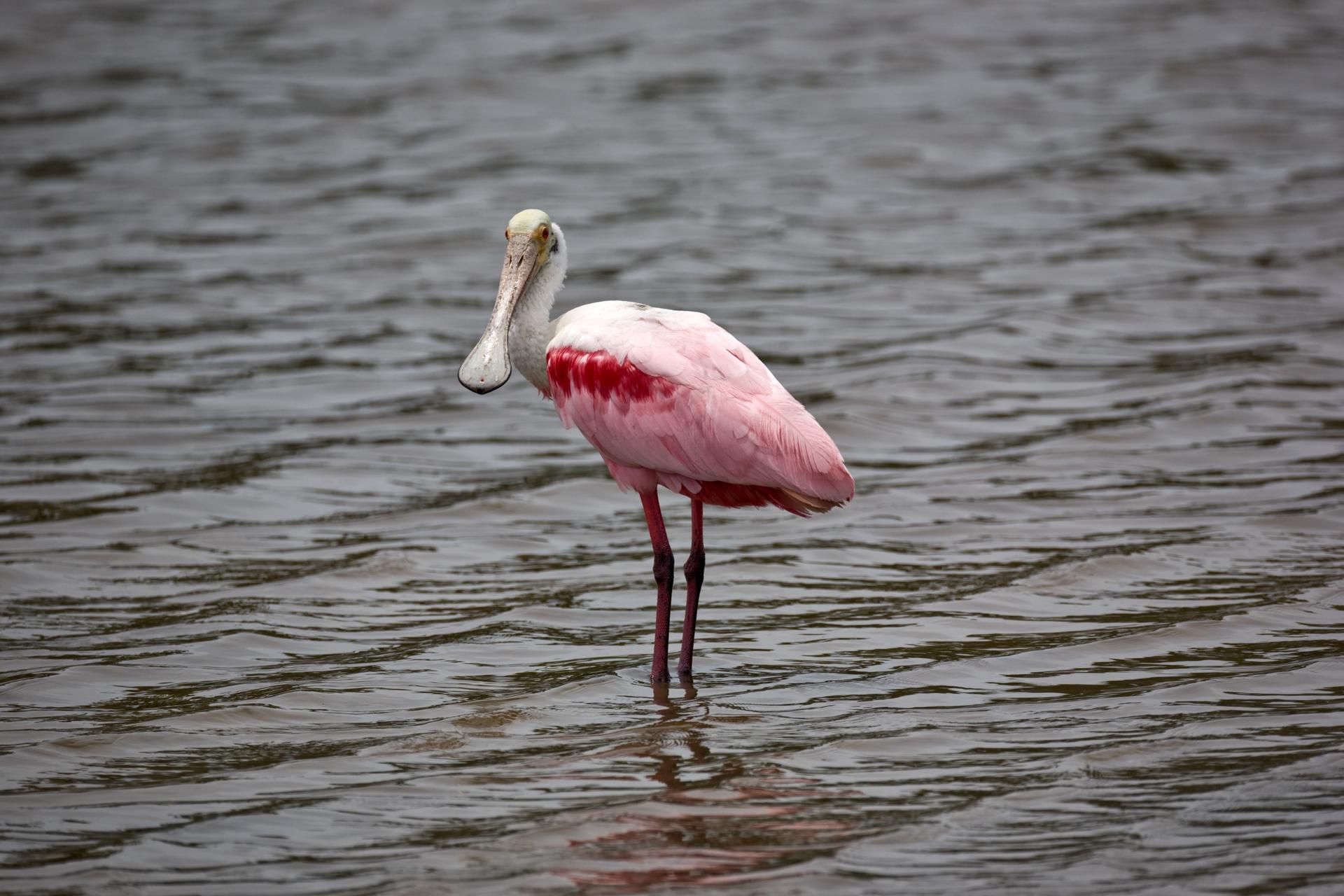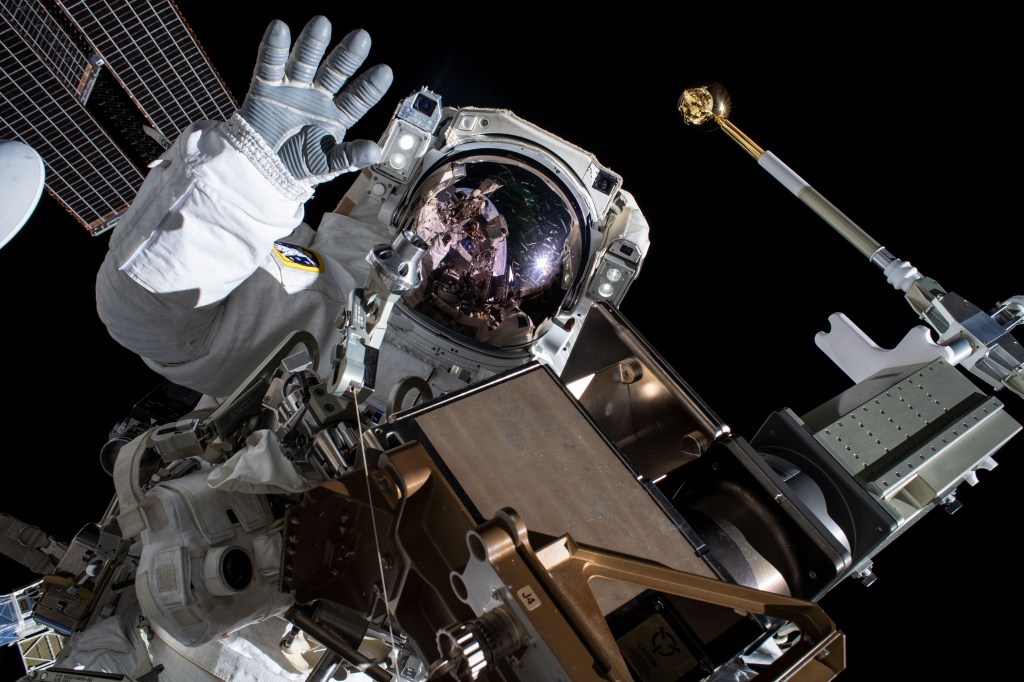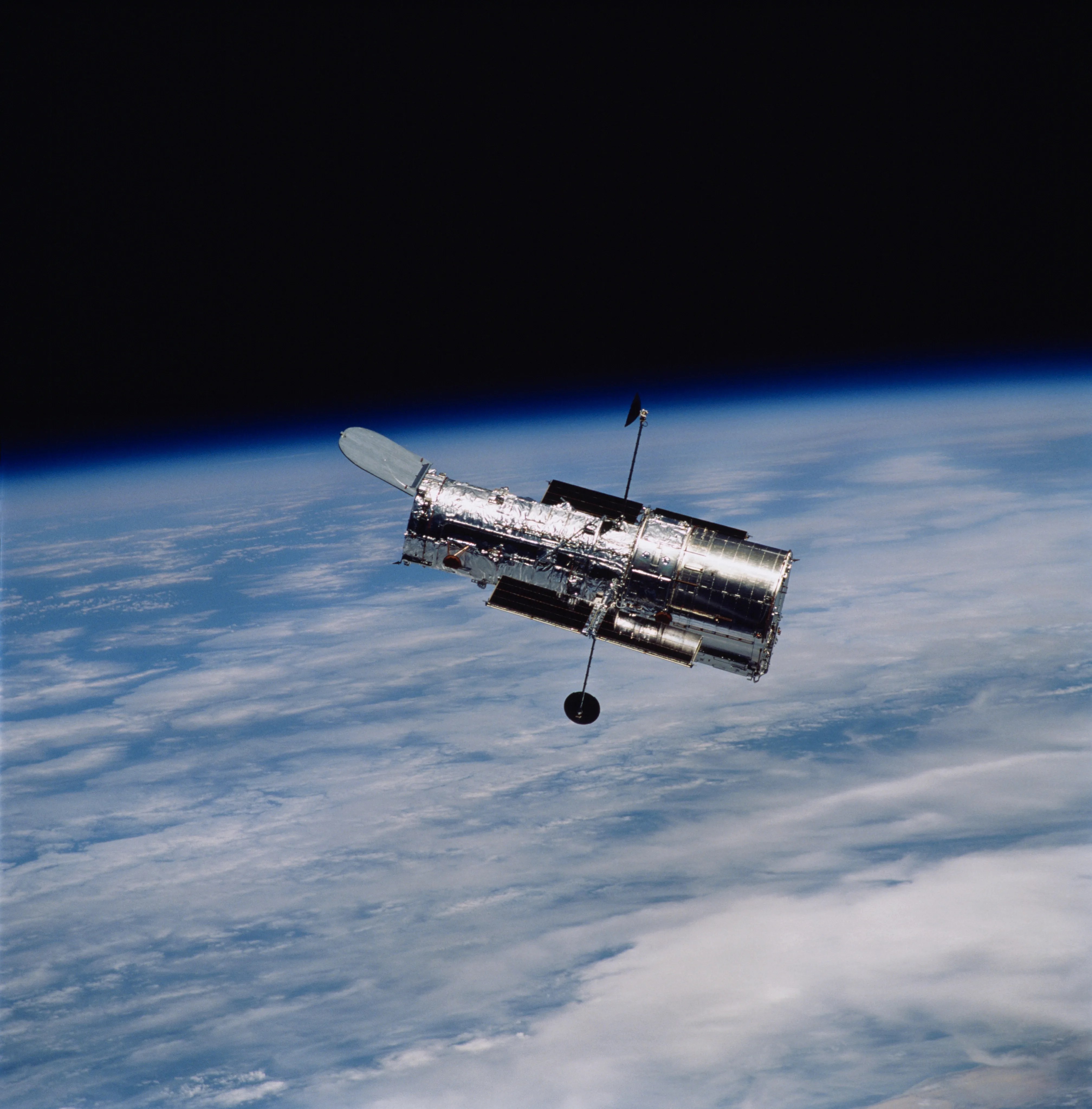Featured News

NASA Assigns Astronaut Anil Menon to First Space Station Mission

A New Alloy is Enabling Ultra-Stable Structures Needed for Exoplanet Discovery

3 Years of Science: 10 Cosmic Surprises from NASA’s Webb Telescope
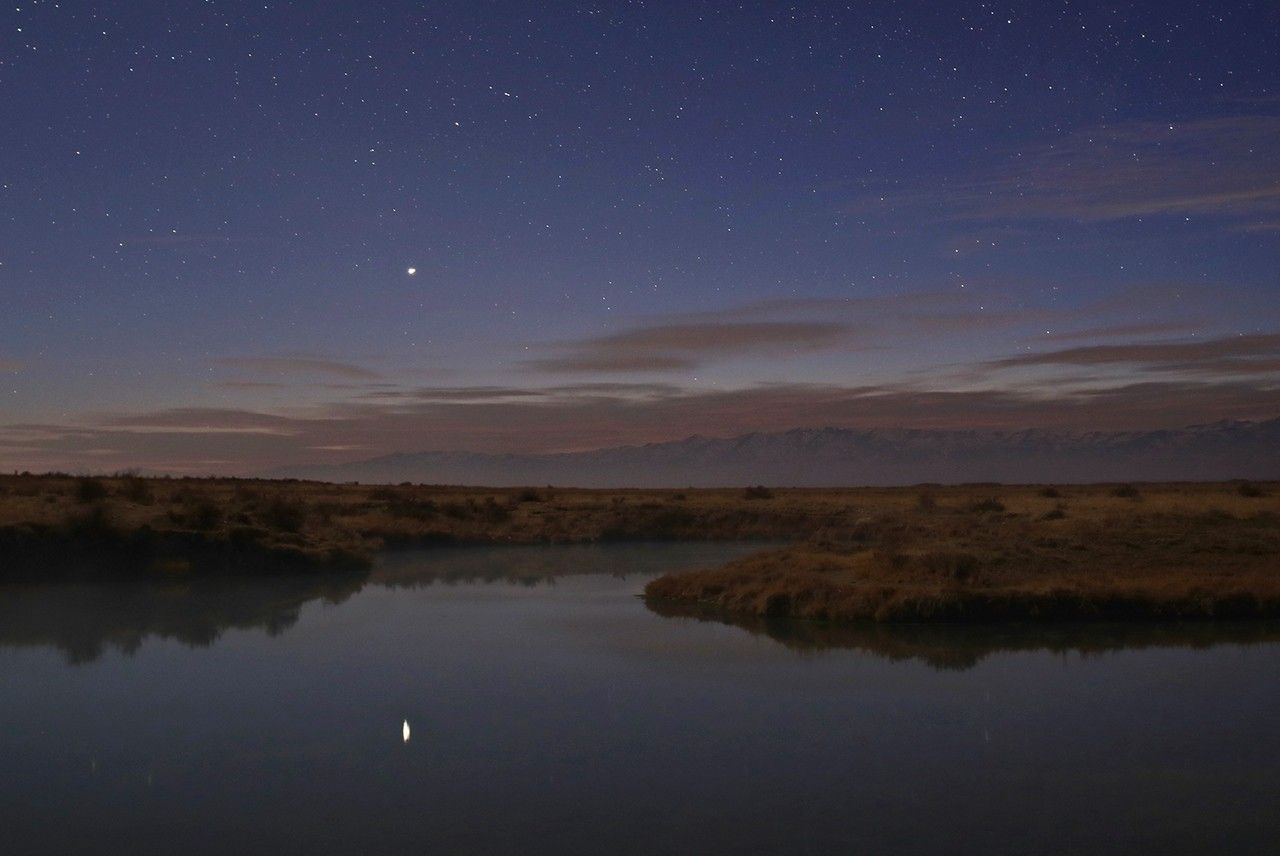
What’s Up: July 2025 Skywatching Tips from NASA
Hubble and Artificial Intelligence
Artificial intelligence is revolutionizing how we explore the cosmos, turning vast amounts of space data into meaningful discoveries at unprecedented speeds. Huge sets of data pulled in from telescopes and observatories around the world, including the Hubble Space Telescope, would take countless hours for individuals to sort through, but artificial intelligence programs can use pattern recognition to swiftly identify key components for astronomical investigations.
Aiding Scientific DiscoveryWelcome to the Universe
Today
Image Of The Day
To the Spacemobile!
Three members of NASA’s Lewis Research Center’s (now NASA’s Glenn Research Center) Educational Services Office pose with one of the center’s Spacemobile space science demonstration units on Nov. 1, 1964.
More NASA Images
Explore the Universe from your Inbox
Stay up-to-date on the latest news from NASA–from Earth to the Moon, the Solar System and beyond.
We will never share your email address.

Earth Information Center
Explore our changing planet
For more than 50 years, NASA satellites have provided data on Earth’s land, water, air, temperature, and climate. NASA’s Earth Information Center allows visitors to see how our planet is changing in six key areas: sea level rise and coastal impacts, health and air quality, wildfires, greenhouse gases, sustainable energy, and agriculture.
Earth Science about Explore our changing planet


























